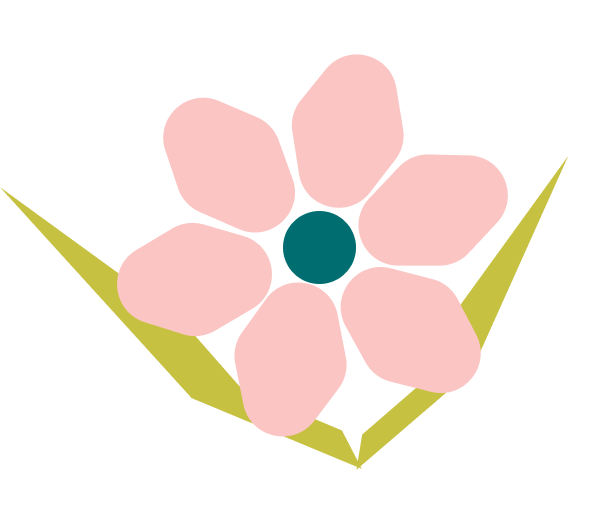In temple architecture the main room stands at a considerable distance from the garden; so dilute is the light there that no matter what the season, on fair days or cloudy, morning, midday, or evening, the pale, white glow scarcely varies. And the shadows at the interstices of the ribs seem strangely immobile, as if dust collected in the corners had become a part of the paper itself.
Of course the Japanese room does have its picture alcove, and in it a hanging scroll and a flower arrangement. But the scroll and the flowers serve not as ornament but rather to give depth to the shadows. We value a scroll above all for the way it blends with the walls of the alcove, and thus we consider the mounting quite as important as the calligraphy or painting. Even the greatest masterpiece will lose its worth as a scroll if it fails to blend with the alcove, while a work of no particular distinction may blend beautifully with the room and set off to unexpected advantage both itself and its surroundings. Wherein lies the power of an otherwise ordinary work to produce such an effect? Most often the paper, the ink, the fabric of the mounting will possess a certain look of antiquity, and this look of antiquity will strike just the right balance with the darkness of the alcove and room.


